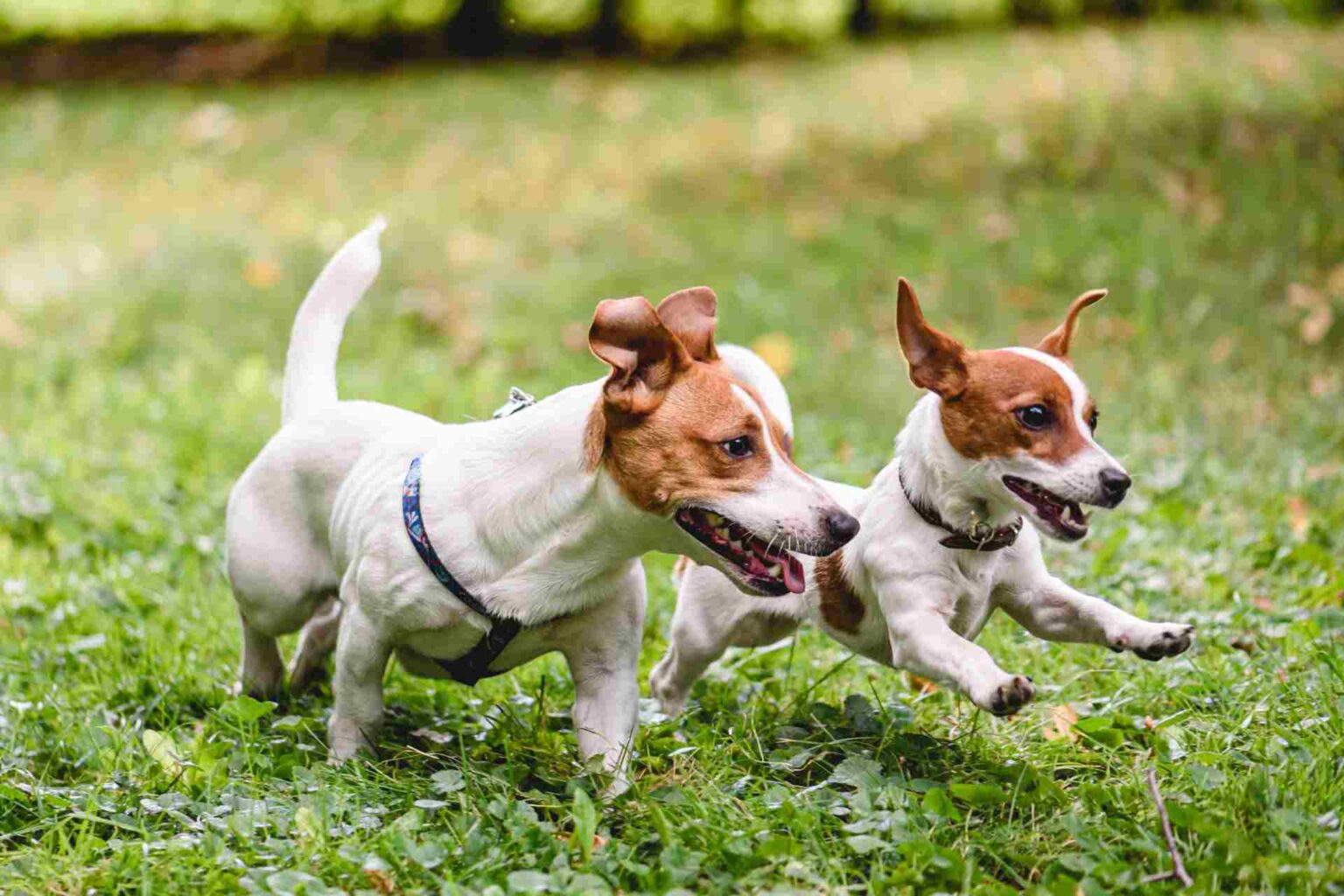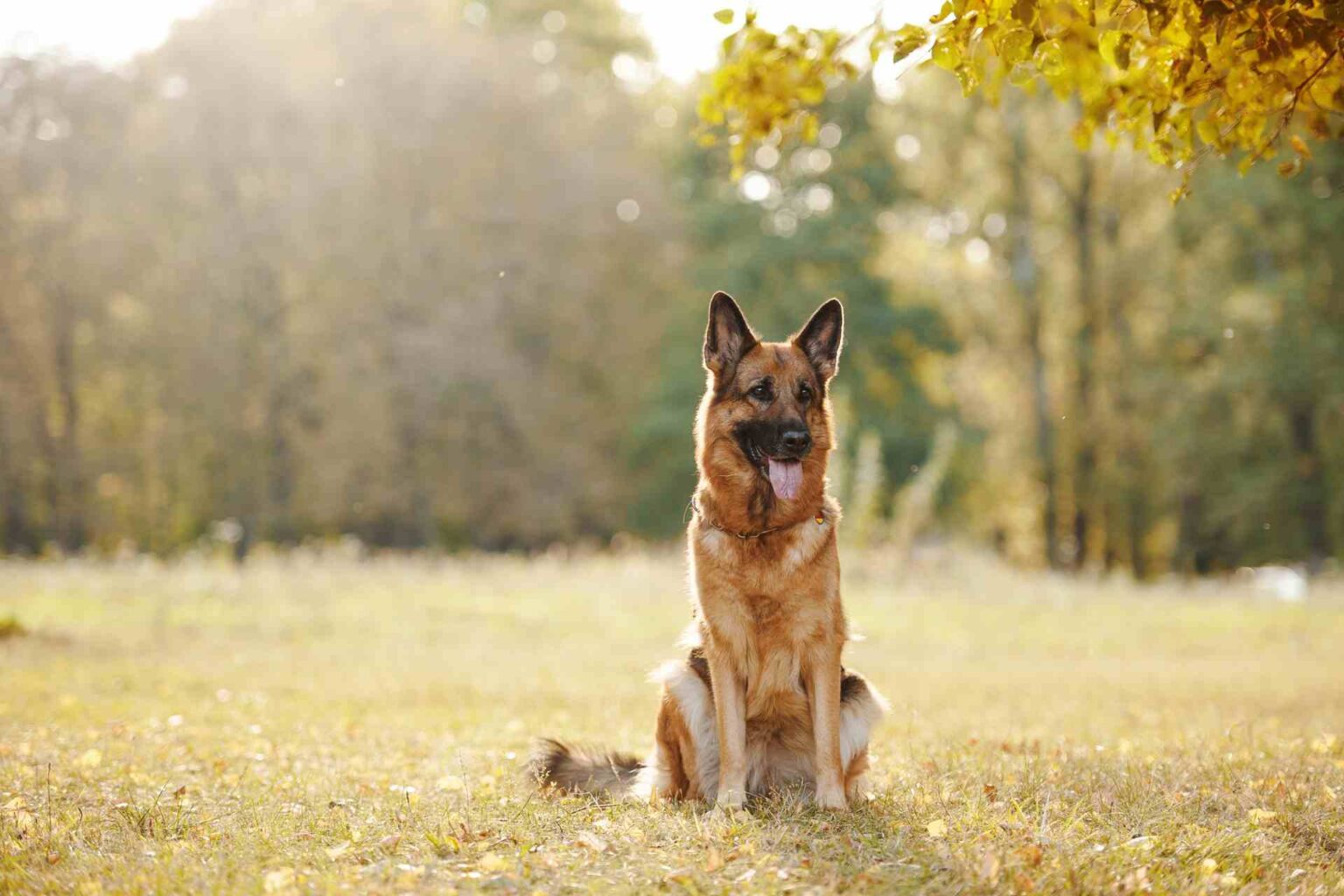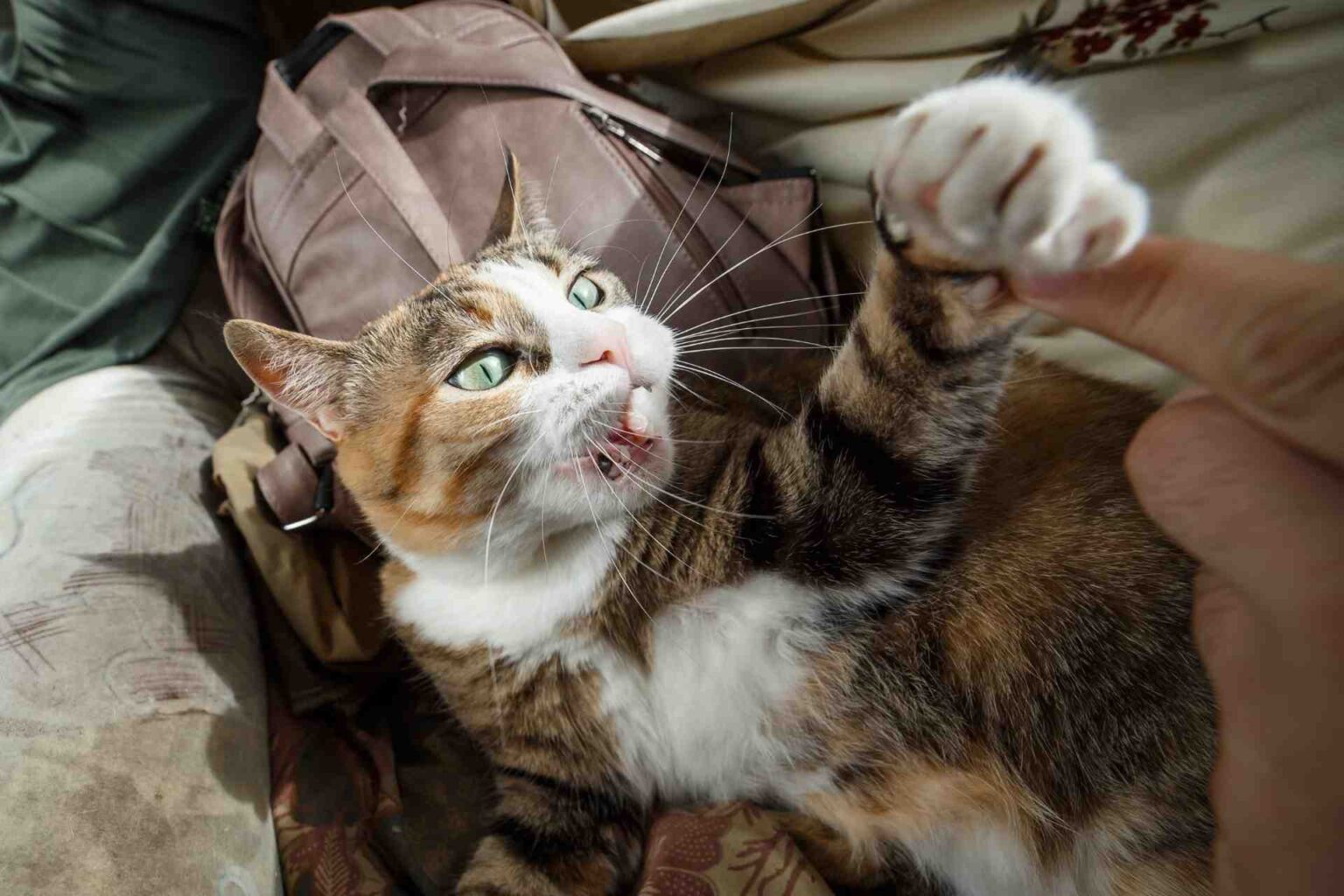Published in the Journal of Small Animal Practice, a thorough review from Michigan State University traces the entire diagnostic-therapeutic phase, from etiologic motives to surgical options
A classic form of multifactorial origin, medial patellar luxation represents one of the most frequent causes of posterior lameness in dogs, but its etiopathogenetic motives have not yet been fully elucidated. The diagnosis appears fairly obvious on orthopedic examination, and the lesion, if not of traumatic origin, is usually traced back to developmental or hereditary abnormalities that are not as easy to detect. This is especially true for problems located at the tibial level, in which the traditional radiographic examination-given its two-dimensionality-does not always determine an adequate location of the damage, whereas CT scanning allows precise quantification of pelvic limb misalignment. At the diagnostic stage,instrumental imaging is therefore a key moment, as it determines the choice of the most appropriate surgical option, which in turn reduces the likelihood of going through recurrence.
Offering a thorough overview of the approach to medial patellar luxation is a meticulous U.S. review published in the Journal of Small Animal Practice, which traces the entire diagnostic-therapeutic phase from etiologic motives to surgical options.
The origin of the lesion emerges from imaging
The U.S. review first points out that. patellar luxation in its different manifestations – the medial form more frequent and the lateral form rarer – is most often found in the small dogs, but it does not spare the larger ones, which in the most recent studies account for 38.7 percent of overall diagnoses. Certain breeds, including chihuahuas, poodles, bull terriers, Maltese, Labradors, and Yorkshires, seem more predisposed to develop medial patella luxation, which appears to be favored by congenital and inherited malformations.
The review discusses the various anatomical abnormalities and injuries that can contribute to altering the knee extensor mechanism and the four grades in which dislocation is classified. Although the diagnosis is essentially clinical, imaging allows the origin of the problem to be framed and the appropriate treatment to be planned.
Surgery and the key to reducing complications
Dogs with lameness or evidence of hind limb deformity are to undergo corrective surgery, while surgical indication remains controversial in cases where the osteo-muscular defect is asymptomatic: The risk of a possible evolution of the problem seems significant, especially in the face of a grade IV dislocation, but the decision must be made on the basis of a careful evaluation of the risks and benefits, and the most popular guideline advocates waiting.
At this point, the U.S. paper reviews the various surgical options-such as femoral trochleoplasty, tibial crest transposition, treatment of the high patella, and corrective osteotomies of the femur and tibia with soft tissue reconstruction-describing their techniques and indications, and then delves into postoperative care and illustrating possible complications. These vary considerably depending on variables such as the surgical technique used, the degree of dislocation, or the age and weight of the dog, but overall they have a rather high incidence that-including recurrences-ranges from 13 to 48 percent. As the authors point out, in order to minimize the possibility of compromising the outcome of the surgery, which usually results in functional recovery, each case must be carefully studied, starting with diagnostic evaluation and identification of the correct alignment of the involved limb: planning the most appropriate approach starts from here.
Reference
SourcePerry KL, Déjardin LM. Canine medial patellar luxation. J Small Anim Pract. 2021;62(5):315-335. doi:10.1111/jsap.13311














